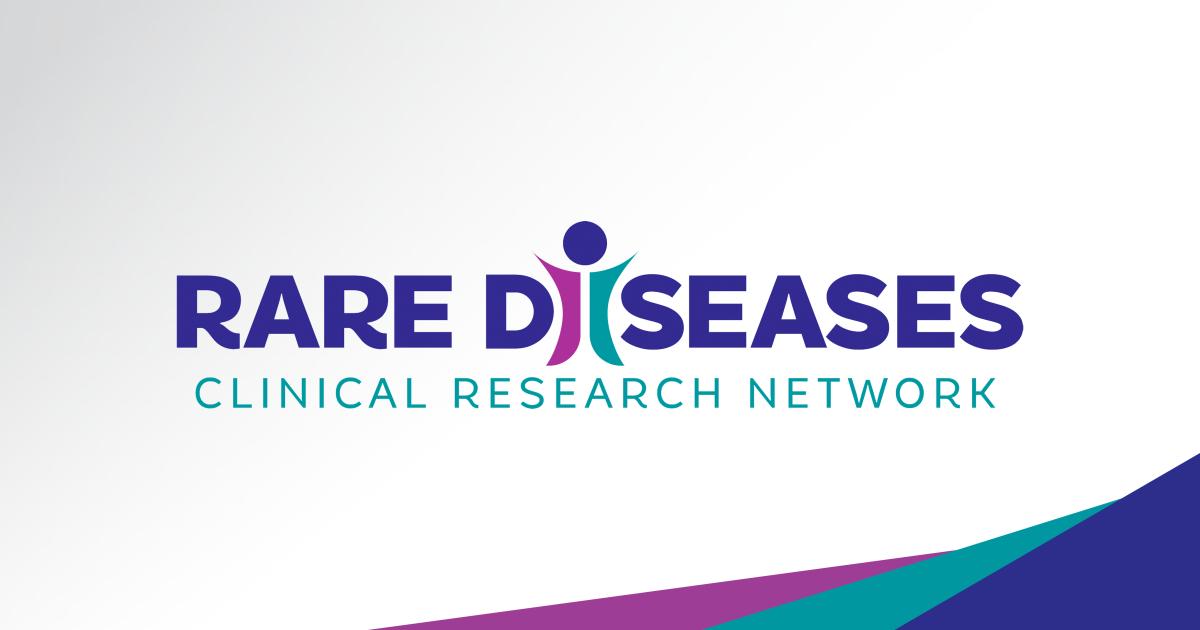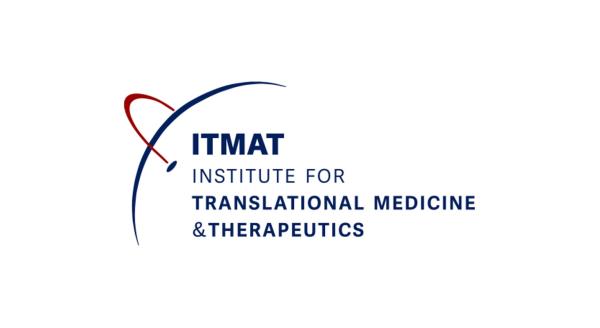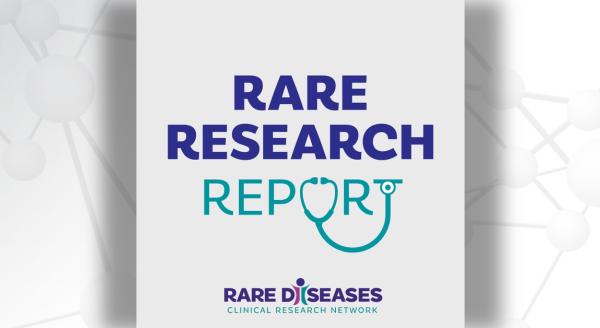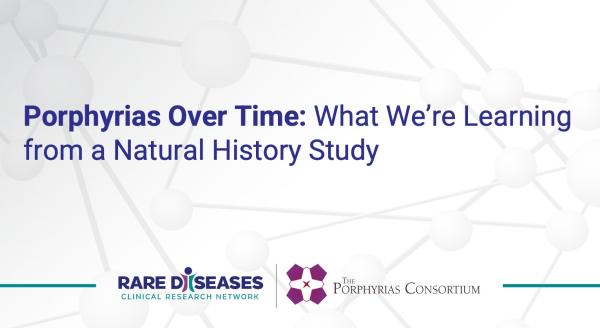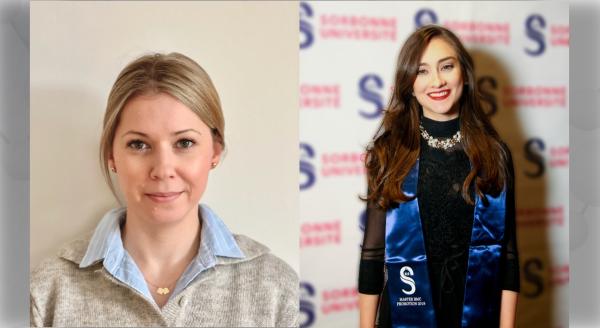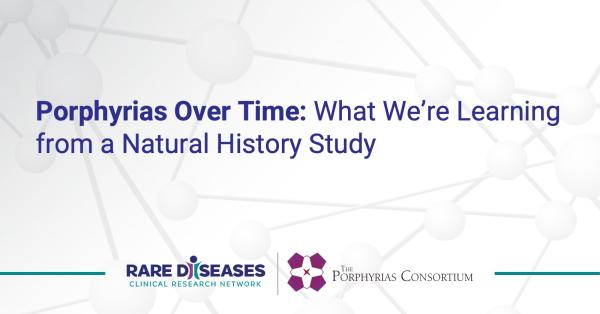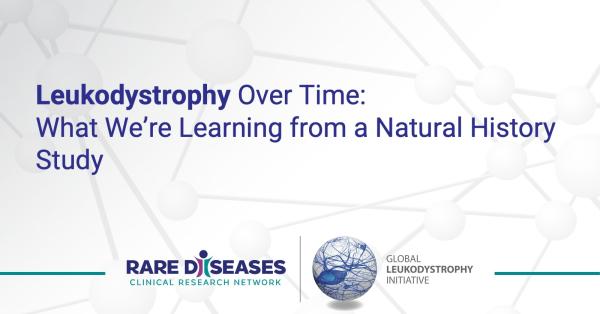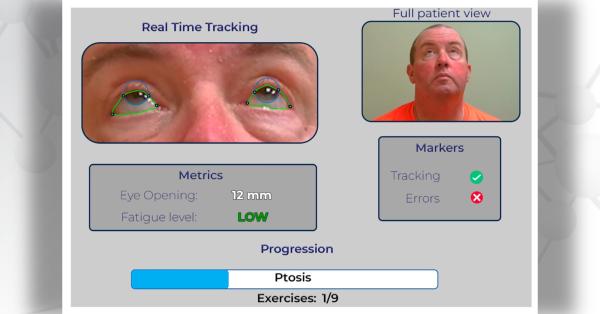The Rare Disease Clinical Research Network (RDCRN) held its first meeting in 2003. Our consortium, Clinical Investigation of Neurological Channelopathies (CINCH) can look back on that beginning as a historically-important landmark in efforts to focus attention on the need for the full characterization of rare disease phenotypes and natural history with the goal of establishing effective treatments for "our" diseases - and to provide a template for proceeding in thousands of other diseases. The RDCRN represents a partnership of patient advocacy groups, the NIH - particularly the Office of Rare Diseases Research (ORDR) and the National Center for Research Resources (NCRR) and committed patients and clinical and translational scientists.
Meeting CINCH Goals
CINCH's focus, similarly to other consortia, is: (1) to find successful treatments for CINCH diseases, and (2) to train the next generation of rare disease clinical investigators. CINCH has been successful in designing and obtaining funding for a clinical trial in each of our three target diseases: CINCH co-principal investigator Dr. Richard J. Barohn (University of Kansas) was successful at securing an FDA Orphan Drug grant for a double blind, randomized placebo-controlled trial of mexilitine for non-dystrophic myotonia; CINCH co-investigator Dr. Joanna Jen has obtained FDA Orphan Drug grant funding for a trial of 4-aminopyridine in EA-2; and CINCH trainee Dr. Paul Twydell obtained Muscular Dystrophy Association funding for a randomized, placebo-controlled trial of potassium and acetazolamide in Andersen-Tawil syndrome.
Training Programs
By leveraging CINCH monies as a catalyst, rather than 100% support, CINCH has been able to recruit and train 22 fellows and junior faculty in seven years. All remain in rare disease research and all but one has a full-time academic appointment. CINCH trainees have been first author on virtually all of CINCH papers and principal investigator on over half of CINCH's 16 additional research grants. Inaugural CINCH trainees, Shannon Venance established a Center in London, Ontario, Canada and Joanna Jen (Figure 2) became co-investigator at the University of California, Los Angeles. CINCH has also trained medical students: Jun Mitsumoto, Jeff Statland and Dan Platt all of whom first-authored papers during their training. The results of the multicenter international randomized trial of mexiletine in nondystrophic myotonia (R01 funded by FDA OPD) was presented at the RDCRN in April 2011.
7000 and Counting
In the seven years of CINCH's existence, the three diseases have morphed to 15 or more diseases: Episodic ataxia is now at least seven. Andersen-Tawil syndrome is now two or more. Non-dystrophic myotonia now includes six or more diseases. Each of these diseases is likely to require a different treatment strategy. Extrapolating our experience to other diseases suggests that "7000" will be a considerable underestimate.
Will there be enough investigators, enough resources and sufficient will to expand research efforts to include everyone? I'm impressed that our team of investigators has been able to generate the commitment to do more than I could have imagined when we started. We will only be able to succeed if we set and pursue lofty goals.
Robert C. Griggs, MD
Richard Barohn, MD
Chair, Neurology Department University of Kansas Medical Center
Shannon Venance, MD, PhD
Principal Investigator of CINCH Canadian Center in London, Ontario
Joanna Jen, MD, PhD
Professor and Co-Investigator at the UCLA Center and Principal Investigator of an FDA Orphan Drug grant for episodic ataxia

